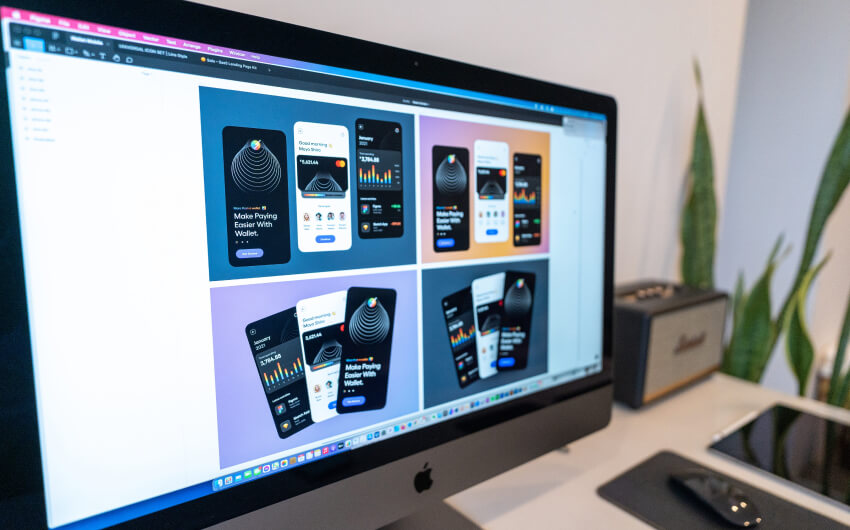Business
AI UX design: a new way of designing
How Artificial Intelligence is Revolutionizing the Design Process

The field of User Experience (UX) design has come a long way over the years, with companies recognizing the importance of providing users with seamless and intuitive digital experiences. The growth of technology has enabled designers to create digital products that are not only aesthetically pleasing but also easy to use and responsive. One of the latest innovations in UX design is the integration of Artificial Intelligence (AI) into the design process. AI has the potential to revolutionize the way digital products are designed, and it’s essential to understand how AI is changing the UX design landscape.
AI-powered UX design uses AI algorithms and machine learning to gain insights into user behavior and preferences. This information can be used to create digital products tailored to meet specific user needs, based on real-world data and analytics. For example, by analyzing user behavior patterns, AI can help designers create personalized experiences that provide users with customized recommendations and suggestions. This can enhance the overall user experience and provide a more engaging and meaningful interaction with the digital product.
Another benefit of AI in UX design is its ability to optimize the design process itself. AI can automate various design tasks, such as prototyping and testing, freeing up designers to focus on more creative aspects of the process. This can result in faster, more efficient design cycles and allow designers to experiment with new ideas and concepts more freely. For instance, AI can analyze user data and test different design concepts to identify which one works best for a particular audience. This can help designers make data-driven design decisions, resulting in better user experiences and higher user engagement.
AI can also help designers overcome some of the limitations of traditional UX design methods. For example, UX design often involves conducting user research to understand user needs and preferences. This can be time-consuming and expensive, but AI can help automate the research process and provide designers with real-time data and insights. This can help designers create more user-centered designs based on user behavior and needs.
In conclusion, AI-powered UX design is the future of the field. It offers designers new and innovative ways to create digital products that provide personalized experiences and deliver meaningful interactions with users. By harnessing the power of AI, designers can create digital products that are not only user-friendly but also intelligent, responsive, and efficient. The potential for AI in UX design is limitless, and it will play an increasingly important role in shaping the future of digital experiences.
However, it’s important to note that AI-powered UX design is still in its early stages, and designers need to be cautious when incorporating AI into the design process. Designers must ensure that AI-powered solutions align with the values and goals of the company and that they are designed with the end user in mind. The goal of AI in UX design should always be to enhance the user experience, not replace it. As technology continues to evolve, designers will have new opportunities to explore the full potential of AI in UX design.


